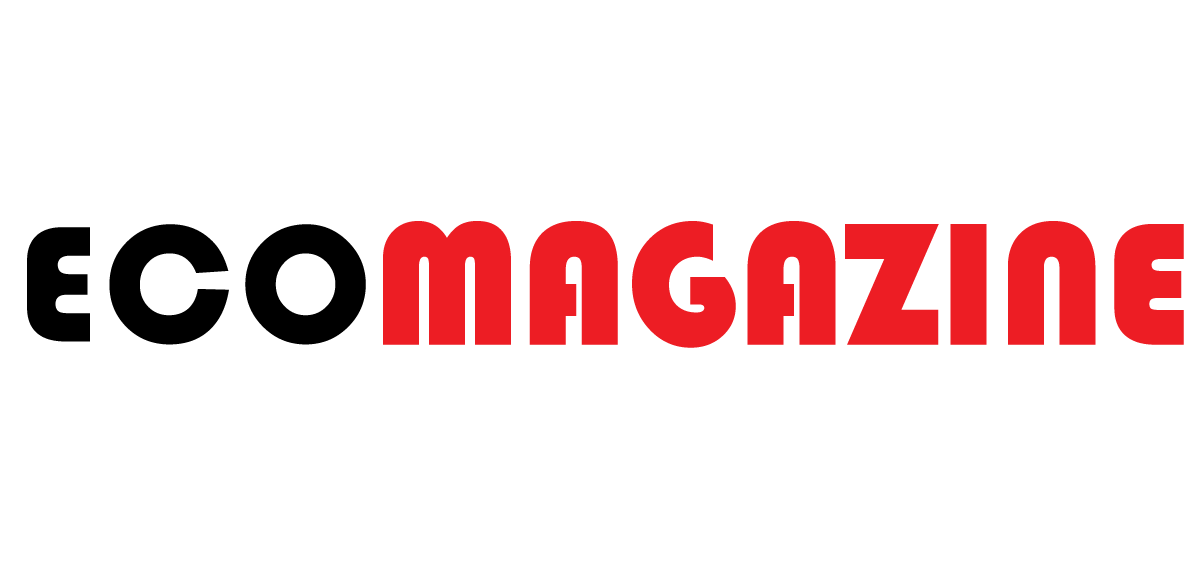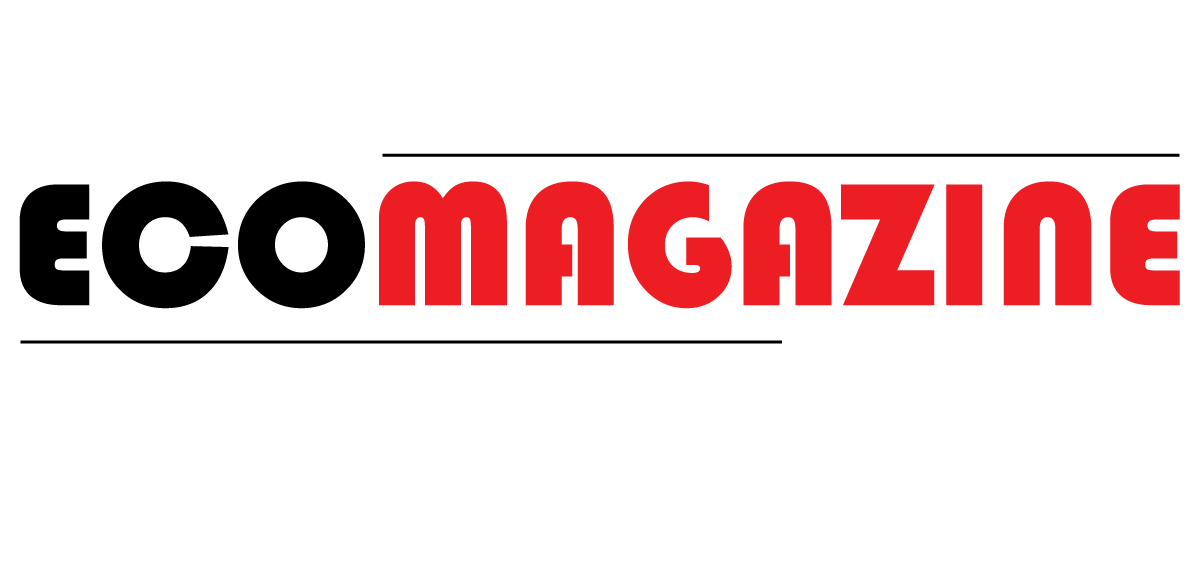Making your workplace more energy efficient benefits both the environment and your bottom line by reducing utility costs and promoting sustainability. Simple adjustments, such as optimizing lighting and temperature settings, adopting energy-efficient appliances, and encouraging employee participation in conservation efforts, can lead to significant energy savings. These changes not only enhance productivity but also align with global environmental goals and boost employee morale. Embracing energy-conscious practices is a smart move that contributes to a greener future while improving overall workplace efficiency.
Evaluating Energy Use
To optimize your workplace’s energy efficiency, it’s crucial to understand where energy is consumed and identify opportunities for savings. Start by measuring current energy usage through audits and closely examining utility bills to spot inefficiencies and potential cost savings.
Conducting Energy Audits
An energy audit is a systematic approach to assessing how energy is used in your facility. This involves checking lighting systems, HVAC units, and other energy-consuming tasks. Hiring an experienced auditor can offer deeper insights, yet you can also perform a basic review by yourself. Look for areas with high energy usage and outdated equipment.
Creating a checklist can help streamline this audit process. Include points like inspecting insulation, sealing leaks, and evaluating appliance efficiency. One effective way to improve insulation and reduce heating costs is by installing secondary glazing, particularly in older buildings with single-pane windows or poor insulation. There are many affordable secondary glazing options for trade customers, which can help businesses minimize heat loss and lower energy bills. Audits not only reveal direct energy drains but also indirect inefficiencies, allowing for targeted improvements. By understanding specific problem areas, you can make informed decisions about where to invest in upgrades or changes.
Understanding Utility Bills
Utility bills contain crucial data on energy consumption patterns. Carefully analyze these bills to understand both usage and cost trends over time. Look for patterns in increased usage, which might signal inefficiencies or unexpected spikes needing investigation.
Pay attention to peak demand charges, which occur when energy use is highest. Reducing usage during these times can offer significant savings. Using an advanced electricity billing solution can help businesses gain better insights into energy usage patterns, track consumption trends, and streamline cost allocation. While these tools do not directly reduce energy use, they can help businesses identify inefficiencies and adjust operations accordingly to lower costs.
Many utility providers offer detailed billing explanations or customer support to aid in deciphering complex statements. Taking advantage of this can increase transparency and control over energy costs. Such an understanding guides actionable steps to improve efficiency and reduce expenses.
Implementing Green Initiatives
Enhancing energy efficiency in your workplace can have a significant impact on both cost savings and environmental sustainability. Simple changes, like those detailed below, can create a more eco-friendly environment that benefits everyone.
Switching to LED Lighting
Transitioning to LED lighting can greatly reduce energy consumption. LEDs use fewer watts than traditional bulbs, cutting down your electricity bill. They also last much longer, which means spending less on replacements.
LED lighting offers better quality light distribution, which can improve the workspace environment. This is especially important in areas requiring focus, like offices or conference rooms. Cooler white LEDs (5000K-6500K) can improve alertness and focus, while warmer tones (2700K-3500K) create a more relaxed atmosphere, making it important to choose the right lighting for different areas. Moreover, LEDs are available in various color temperatures to suit diverse settings, enhancing productivity and well-being.
In addition to lighting, office décor plays a role in creating a comfortable and functional space. You can enhance your workspace with stylish rugs, which not only add warmth and visual appeal but also help with noise reduction in busy office environments.
Promoting a Paperless Environment
Moving towards a paperless workplace can significantly reduce waste. Encourage digital documentation and communication to save on resources. Cloud storage services are used to share files electronically, which also improves accessibility and collaboration. However, businesses should also consider sustainable digital practices, such as using energy-efficient cloud services or providers that run on renewable energy, to minimize the environmental footprint of data storage.
Implement e-signature software for contracts and approvals to streamline processes. This not only speeds up operations but also cuts down on paper use. By adopting digital notes and memos, you contribute to waste reduction efforts while keeping information more secure.
Encouraging Public Transport
Promote commuting alternatives to reduce the carbon footprint of your workplace. Offer incentives for employees using public transport, like discounted or subsidized transit passes. Consider setting up a carpooling program for staff who live nearby. If feasible, offering remote or hybrid work options can further reduce workplace energy consumption by minimizing daily commutes and lowering in-office electricity use.
Create a bike-friendly workplace by providing secure bike storage and shower facilities. These initiatives can lessen traffic congestion and enhance employee well-being. Public transport and cycling not only help the environment but also foster a sense of community among employees.
Installing Smart Thermostats
Smart thermostats optimize heating and cooling systems for better energy efficiency. Set them to adjust automatically based on occupancy or time of day, ensuring optimal temperatures without wasting energy. Pairing smart thermostats with occupancy sensors can further enhance efficiency by automatically adjusting settings based on real-time room usage. Additionally, setting seasonal temperature limits can prevent excessive heating or cooling and maximize savings.
By monitoring usage patterns, smart thermostats provide insights into energy consumption, helping you make informed decisions. Remote control features allow adjustments even when no one is on-site, ensuring energy isn’t wasted after hours. Integrating smart solutions promotes efficient energy management in the workplace.
Empowering Employees
Involving employees is a powerful approach to achieving workplace energy efficiency. Providing training and rewards can motivate your team to adopt eco-friendly habits.
Energy-Saving Training Programs
Offer regular training sessions to teach energy-saving techniques. You can organize these as workshops or include them in regular team meetings. Topics might include efficient use of office equipment or optimizing lighting and temperature settings.
Consider using a mix of presentations and hands-on activities. This makes learning more engaging and practical for employees. You might also compile a list of resources or guides for employees to reference.
Introduce energy challenges to foster competition. For instance, see which team can reduce their energy consumption the most over a month. Gamification techniques, such as leaderboards, digital badges, or interdepartmental competitions, can make sustainability initiatives more engaging. Rewards could be as simple as a certificate or a small gift card. Involving everyone creates a sense of shared responsibility and makes energy efficiency a fun, interactive goal.
Incentivizing Eco-Friendly Behavior
Recognize and reward employees who consistently adopt energy-efficient practices. Public acknowledgment can be a powerful motivator. Highlight their achievements in newsletters or meetings.
Implement a reward system with tangible incentives, like extra time off or gift cards. You may also offer group rewards, such as a team lunch, if a department meets its energy-saving targets.
Make it easy for employees to track their progress with visual aids or checklists. A shared dashboard can display energy usage reductions, motivating employees to maintain eco-friendly habits by showing the impact of their efforts.
Conclusion
Improving workplace energy efficiency doesn’t have to be complicated—small, intentional changes can lead to substantial cost savings and environmental benefits. By conducting energy audits, optimizing utility management, and implementing green initiatives like LED lighting, smart thermostats, and paperless workflows, businesses can create a more sustainable and productive environment. Encouraging employees to adopt energy-saving habits further reinforces long-term efficiency. As companies strive to reduce their carbon footprint and cut operational costs, investing in energy-efficient strategies will continue to be a smart and rewarding decision.


